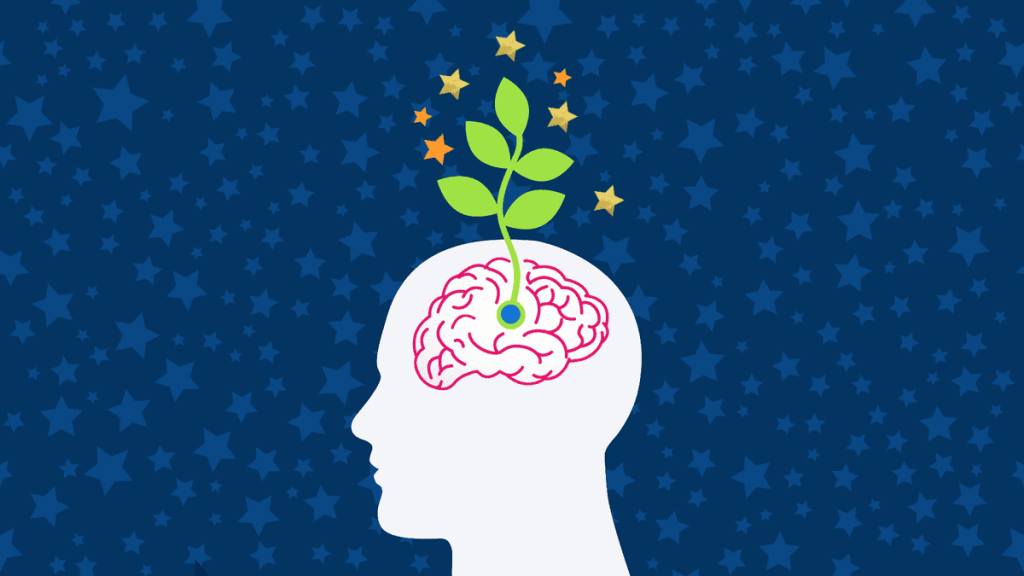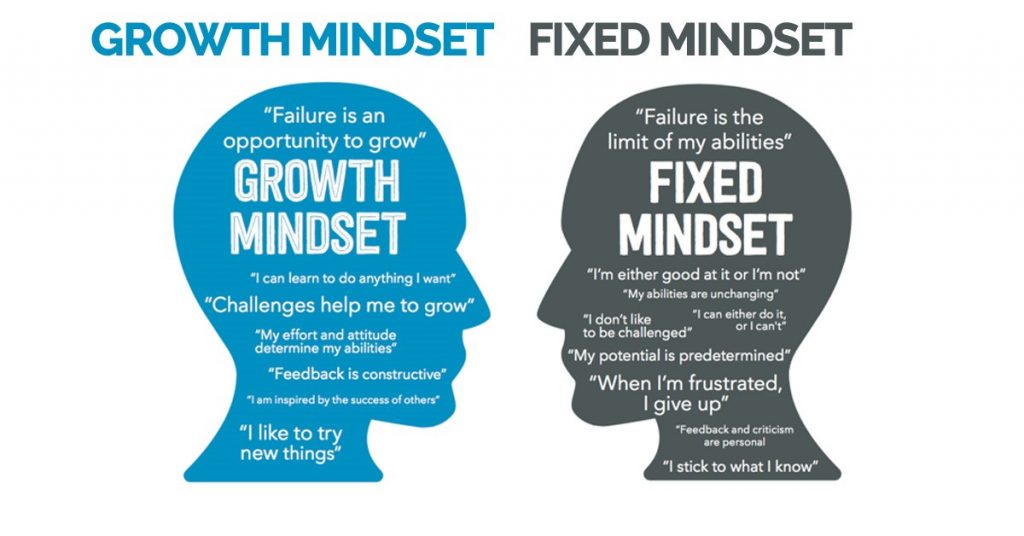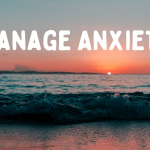Stress has been one of the most prevalent experiences causing health issues not just to kids but also to teens and adults. With everything going on right now—from day-to-day responsibilities and school work, to the continuous global pandemic, everyone’s more stressed than ever. As a result, more people, especially teenagers, exhibit high stress-related signs, such as depression and anxiety.
But with the right and healthy tools, people can face theses stressors while managing them effectively.
Fortunately, a new study found that a simple 30-minute online training session focused on a growth mindset and seeing the body’s response to stress as a positive driving force instead of a negative, is an effective way to improve a teenager’s response to stressful situations.
Many times we get certain physical symptom when stressed. For some people it may be sweaty hands, trembling or shaking, a faster heartbeat, or rapid breathing. If we get scared by it, the result is just more anxiety and worse symptoms that leads to more stress. What if we took these symptoms and turned it all upside down so that you feel less stressed and more empowered when it happens? Keep reading to discover how this is all possible in as little as 30 minutes of training.

The researchers state that this intervention could be an effective yet low-cost treatment for teens’ stress. It works by teaching teenagers to view their physiological stress signs, such as a racing heart, or sweaty palms, as not being a negative. Instead, they should be viewed as a positive driving force for resiliency. They also stated that it helps adolescents develop their two “synergistic mindsets,” which are known as the “growth mindset” and “stress-can-be-enhancing mindset.”
So how do the “synergistic mindset” interventions work?
The researchers worked with 4,291 young people (the total number comprising grades 8 to 12 students and college undergraduates). In one experiment, 166 students were presented with either the intervention session or the placebo (fake session) about the brain. After the session, all students were requested to give an impromptu speech about their weaknesses and strengths in front of peer evaluators.
It was found that the students who were given the intervention had lower stress responses and better performance than those who had been given the placebo intervention. The results were based on their biological responses like heart rates and other physiological measures.
In another experiment, researchers worked with an urban public charter high school where nearly 99% of the students are from low-income families, and 95% are from Hispanic/Latinx, Black, or African-American families. They chose this population because these students are more likely to face daily stressors and socioeconomic disadvantages that could elicit stress responses.
The researchers found that students taking demanding STEM courses and had the intervention experienced a 63% passing rate compared to the 47% passing rate in the control group.
Moreover, studies showed lower anxiety symptoms and cortisol levels, indicating reduced internalizing symptoms leading to depression. It also showed higher academic achievement and improved psychological well-being.
To give you a better grasp of what the researchers taught during the intervention, here are some examples of the main topics:
- A time during high school when struggle, difficulty, and frustration arise but actually offers opportunities for personal growth.
- The stress your body feels when dealing with those experiences prepares you to learn from challenges.
- The more you approach such difficult challenges, the easier it feels because your brain learns how to better respond effectively.
- People who understand that our brain can change through learning and that our body’s response to stress promotes learning can better cope, and are more prepared to manage the demands of high school.
Through the synergistic mindsets approach, the growth mindset teaches teenagers that one’s ability (intellectual, musical, or athletic) is not fixed and can be developed and further enhanced through effective strategies, effort, and support from others. It also means that challenging stressors are helpful for learning and developing skills. Finally, it shows you can improve, learn, and push through difficulties.

In addition, the stress-can-be-enhancing mindset focuses on understanding the body’s stress responses, such as a racing heart, deeper breathing, or sweaty palms, as a positive driving force. These signs are positive because they deliver oxygenated blood to the brain and tissues, which helps the body return faster to homeostasis, or the state where it can maintain stability while adjusting to the event, or after a challenging event.
These two intertwined mindsets push teenagers to welcome such challenges as beneficial opportunities for self-improvement. Researchers also stated that these could better prepare adolescents to overcome challenges and prepare them for the competitive world out there instead of just avoiding them.
However, the researchers noted that this intervention only applies to stressors from things like formal schooling, the development of new skills, or other growth-promotive challenges. This is not suitable for stressors that were a result of abuse, trauma, or structural inequalities.
Take The 30-Minute Class
You can learn more about his method and actually take the 30-minute intervention class here.







